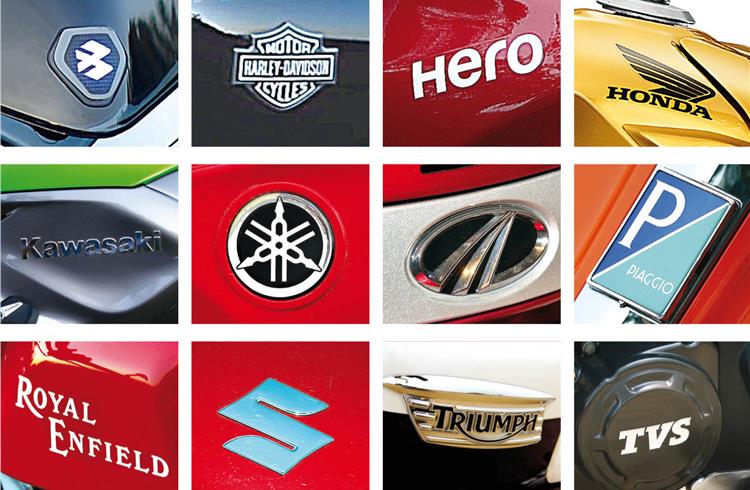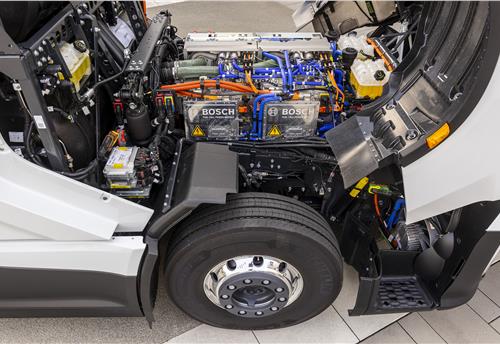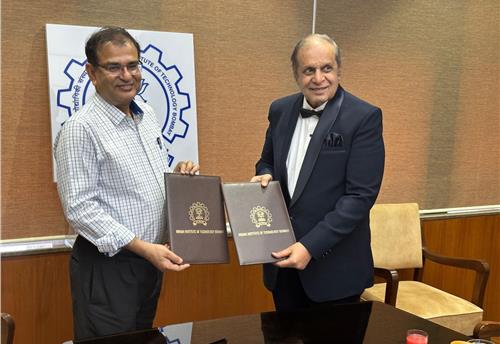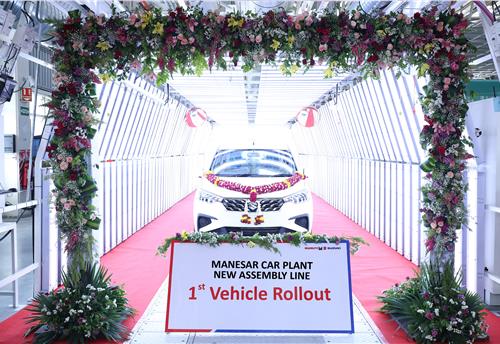Indian two-wheeler OEMs to clock 8-10% growth in FY2019: ICRA
Demand for motorcycles seen to be growing smartly; new product launches and incoming festive season likely to provide cushion to stagnating monthly scooter volumes.
Credit rating agency ICRA has forecast that the domestic two-wheeler industry will grow in the range of 8-10 percent YoY in FY2018-19. Industry body SIAM’s sales data for the five-month period of April-August 2018 suggests that the motorcycle segment has outperformed local demand for scooters.
The first five months of FY2019 have seen overall domestic two-wheeler industry grow by 11.50 percent YoY, with cumulative sales standing at 94,43,286 units (April-August 2017: 84,69,183 units).
Notably, the motorcycle segment has registered a YoY growth of 14.67 percent for the period despite the larger base. The total cumulative sales recorded for the five-month period this fiscal stood at 6,011,104 units as against 5,242,239 units in April-August 2017.
The scooter segment, on the other hand, has recorded YoY growth of 6.77 percent during the same period, selling 3,086,627 units as against 2,890,943 units in April-August 2017. Mopeds, where Chennai-based TVS Motor Company has a monopoly, accounted for a 2.84 percent share in the total domestic two-wheeler market. Moped sales stood at 345,555 units in April-August 2018 as against 336,001 units in the year-ago period.
According to ICRA, overall two-wheeler industry growth faltered during July and August 2018, a period which saw events such as the transporters strike (July 2018), regulatory changes in West Bengal (mandating sale to only valid driving license holders from July onwards) and floods in Kerala during August 2018, especially during the Onam festival.
Entry-level commuter bikes lead the charge
Commenting in this context, Anupama Arora, vice-president and sector head, ICRA says, “We expect the two-wheeler industry volumes to grow at 8-10 percent during FY2019 led by continued recovery in the larger motorcycle segment, even as the scooter segment may pick up pace after a modest run in the past five months of this fiscal.”
“The demand for motorcycles has been driven by buoyant rural sentiments that were supported by normal monsoon precipitation of the previous two fiscals and increase in MSPs even as the current monsoon season has ended below normal (91% of long period average). Concurrently, new product launches targeting niche clientele, increasing urbanisation and rising disposable income leading to greater penetration in non-urban areas will support the growth in scooter demand,” she adds.
In the motorcycle segment, growth has been led by the entry-level sub-110cc category, which witnessed about 19.05 percent YoY growth during the first five months of this fiscal. The demand for entry-level motorcycle category is directly proportional to the monsoon as well as customer sentiment. Furthermore, aggressive price cuts (primarily by Bajaj Auto) on select models have also contributed substantially to the momentum.
If we look at the other categories within the motorcycle segment, the 110cc-125cc, 125cc-150cc and the 150cc-200cc sub-segments have posted YoY growth rates of 0.37 percent, 16.91 percent and 16.98 percent respectively.
On the scooter side, according to ICRA, the volume growth rate moderated partially on account of factors impacting demand in a few key markets such as Kerala and West Bengal, coupled with inventory corrections by a few OEMs.
On the cumulative sales front, while Honda Motorcycle & Scooter India, Suzuki Motorcycle India, TVS Motor Company and Piaggio Vehicles have recorded YoY growth for the five-month period this year, the volumes reported by Hero MotoCorp and India Yamaha Motor have declined YoY. ICRA, however, expects that new product launches and the incoming festive season will provide the much-required cushion to the stagnating monthly scooter volumes.
“Notwithstanding these positive demand drivers, increasing fuel and commodity prices, hardening interest rates as well as rising regulatory costs (recent revision in insurance) that have resulted in increased ownership costs have dampened customer sentiments. Not only this, further increases in compliance costs with safety norms (mandatory anti-lock braking systems for all models with engine capacity above 125 being added from April 1, 2019) as well as costs related to compliance with BS VI emission norms would result in cost pressures remaining unabated and thereby moderating demand prospects. On the international front, recovery in oil prices and exchange rates for established export destinations (Africa and Latin America) and increasing penetration of OEMs in newly explored geographies is expected to support volume growth in the current fiscal,” concluded Arora.
RELATED ARTICLES
Bosch hydrogen engine tech-powered truck to be on Indian roads this year
The global supplier of technology and services is betting big on both electromobility and hydrogen. While announcing the...
IIT Bombay inaugurates Arun Firodia Research Floor
IIT Bombay, one of India’s top technical and research institutions, honours Kinetic Group chairman Dr Arun Firodia, one ...
Maruti Suzuki expands capacity at Manesar plant by additional 100,000 units
New assembly line at Plant A expands total manufacturing capacity at the Manesar plants to 900,000 units per annum. Alon...





 10 Oct 2018
10 Oct 2018
 12610 Views
12610 Views





 Autocar Pro News Desk
Autocar Pro News Desk




